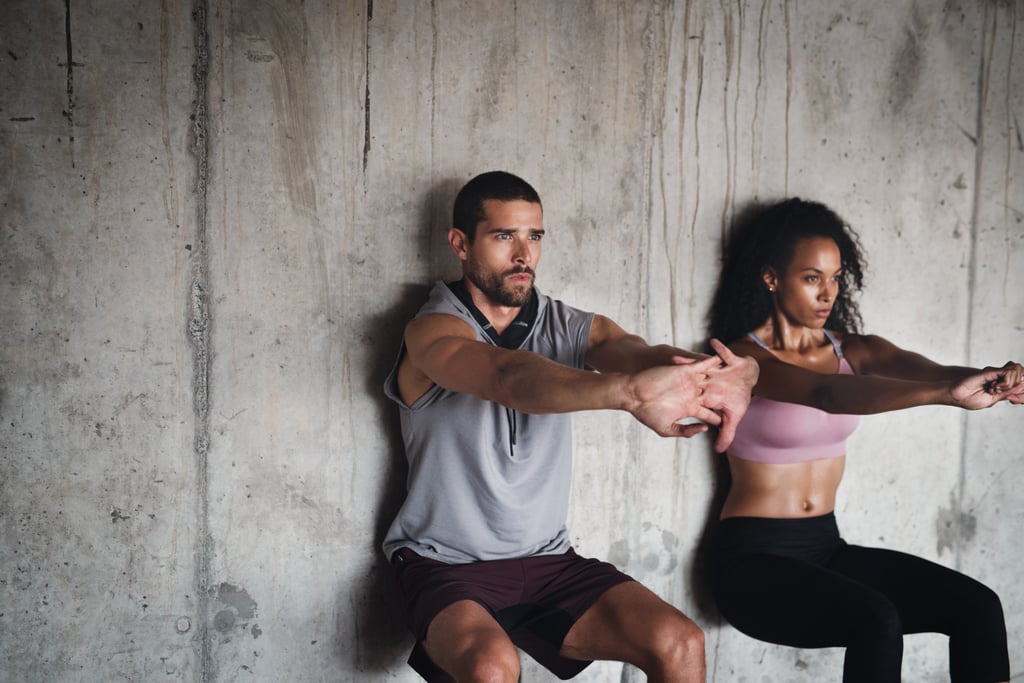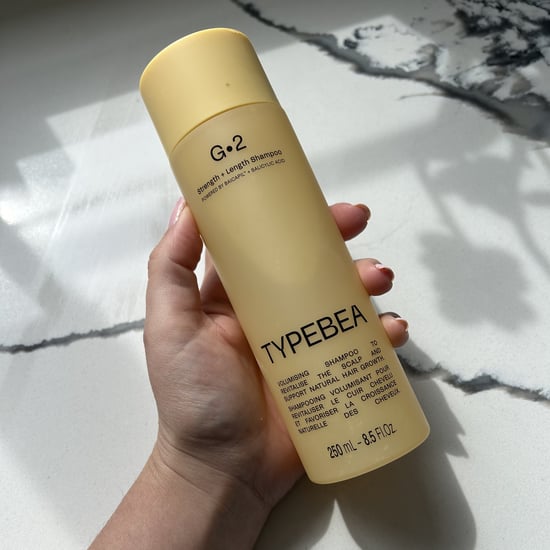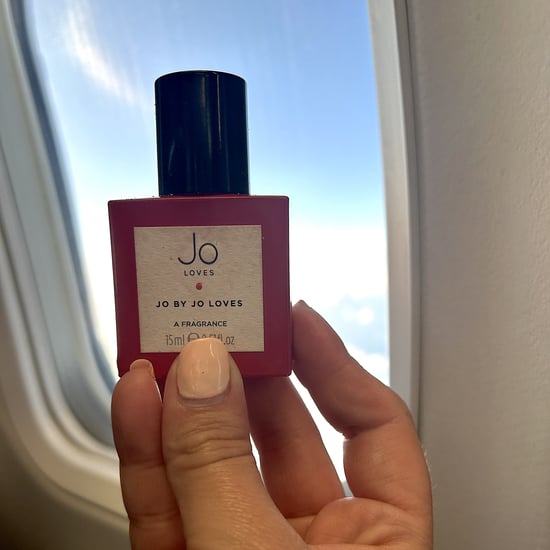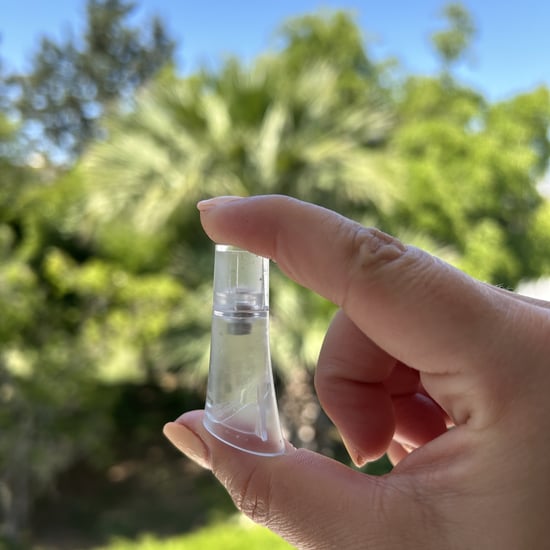Do Wall Sits Make Knee Pain Go Away?
I've Had Knee Pain For Years, and After Doing Wall Sits For a Month, It Finally Went Away

Growing up playing football and running track, I did wall sits weekly. They were typically implemented into workouts when my team was getting punished or when our coaches wanted to challenge our mental and physical strength. I haven't done wall sits since I was in college, but I mentioned I was experiencing knee pain during runs to my physical therapist, and he suggested adding wall sits to my movement routine.
I did them four to five times a week, holding for 20 seconds and repeating for a total of five times, for a month, hoping they would reduce the knee pain I've had on and off for years, and to my surprise, it actually worked. In addition to doing wall sits, I scaled back on the running as to not irritate my knee further, but the wall sits are what made the pain go away long-term.
I know it may sound weird and counterintuitive that wall sits can reduce and get rid of knee pain, which is why I tapped my physical therapist to explain how and why they work.
Do Wall Sits Reduce Knee Pain?
"Isometric holds like wall sits have been a staple in rehab programming. For many of the same reasons they help athletes bounce back from injury, they have a ton of utility for preventing injury," David Jou, DPT, cofounder of Motiv NY, told POPSUGAR.
"Isometric contractions provide a safe way to remodel tissue, damaged or healthy," Dr. Jou explained. Your risk for injury is the highest when a force is placed on a tissue that exceeds the tissue's capacity to handle the force, he added. Depending on the position of the joint, the tissue surrounding it can have different capacities to handle stress, Dr. Jou said. "For example, muscles are strongest at mid-range and weakest at extreme ranges. When we hold a position at a specific range for a specific period of time (we call this time under tension), we are able to build tissue capacity and improve resiliency of muscles, tendons, and ligaments," he said.
By targeting the anterior structure of the legs (quadriceps, patellar tendon, anterior tibialis), you can prevent injuries like quad strains, patellofemoral pain syndrome, tendinitis, and shin splints, Dr. Jou explained. "For my runners, I often program soleus wall sit iso holds to bulletproof the knees from the repetitive strain that's placed on them," he explained, adding that the type of isometric hold/wall sit you do will depend on your sport. Performing wall sits at different depths can allow you to develop the capacity of your anterior leg tissue at different ranges required for running and other types of physical activity, he added.
How to Work Wall Sits Into Your Movement Routine
If you haven't done wall sits in a while or you've never done them before, it's important to slowly begin implementing them into your movement routine. If you aren't sure how to do so, seek the guidance of a qualified expert such as a physical therapist or a certified personal trainer.
According to Dr. Jou, consider basic parameters such as starting at mid-range where you're the most confident, then work in different ranges. He recommends beginning by creating 50 percent contraction intensity as you hold the wall sit, then ramping up by 10-percent increments to increase the intensity to the point of minimal symptoms in the knee (if you experience any) but it should always be pain-free. Initially, hold the wall sits for 15 seconds then slowly begin to increase the time parameters as you become more acclimated to the movement, Dr. Jou advised. Don't forget to "breathe and smile" as you hold your wall sits!
If you're interested in adding wall sits into your routine to strengthen your joints, improve the quality of your tissue, reduce pain, and prevent injury, be sure to speak with a qualified expert first. Check out the wall sit and isometric hold variations Dr. Jou recommends ahead to remodel your tissue and keep you pain- and injury-free!









